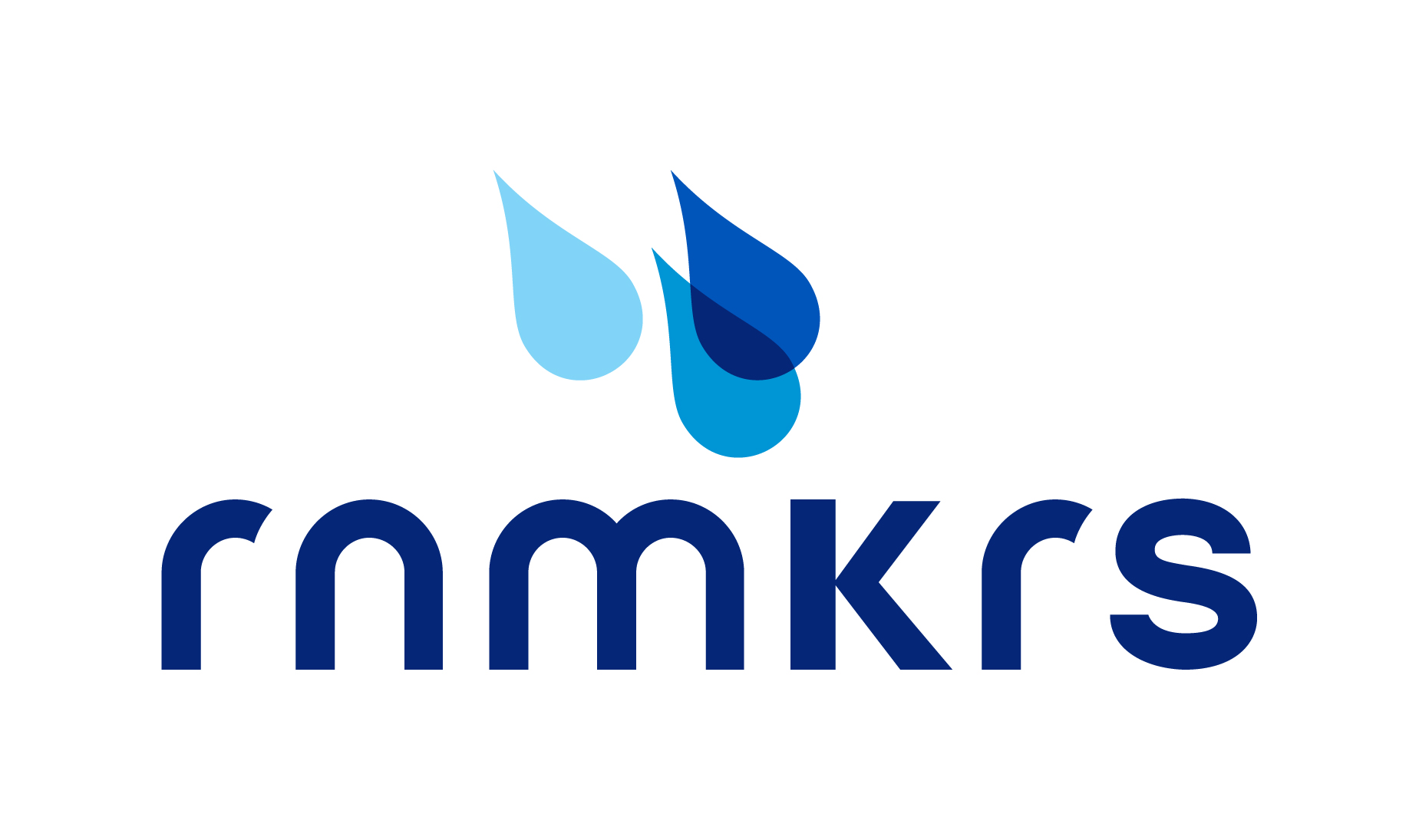As the CEO of RNMKRS, I have the opportunity to speak with sales and revenue leaders every day and I hear a common refrain: “…many of my sellers just aren’t having the customer conversations I need them to have.” This is surprising given the billions of dollars spent annually to improve conversations between sellers and buyers. And yet, building conversation skills requires practice, and very few sellers are given that opportunity, so it kind of makes sense.
I joined RNMKRS earlier this year because I fell in love with the product. Mine was a classic case of seeing something and asking, “Where have you been all my life?” So much of my career as a sales leader has been spent working with salespeople to drive revenue growth. I gravitated toward consistent conversational excellence as a way to do that. It wasn’t easy, and it took a lot of time because there was no practical way for sellers to practice the conversations I was asking them to have. RNMKRS has developed an elegant solution to the conversation practice problem. They let sellers practice voice-driven customer-conversations on their own, in a risk-free environment, with instant feedback. I knew this would resonate with CROs like me, so I was hooked.
Why is this important?
Even in simple sales conversations, buyers often feel like they’ve wasted their time. Sellers often feel they’ve missed the mark. All this despite the sacrifice of time and treasure to the gods of modern sales tools. If you’re still reading, my guess is that you know just what I’m talking about because you’ve felt it – either as a buyer or a seller.
Many sales and revenue leaders know what a good conversation looks like – and they’ve developed expectations for their team around them, often with the help of consultants, enablement pros, and tools.
So, why is consistent execution of good sales conversations still so hard to come by?
You’d think a desire to delight buyers and retire quotas would be reason enough to find a way to conversation consistency. After all, 70% of all sales conversations go nowhere. But, alas, the problem persists. This means that even a small amount of lasting improvement in the quality and consistency of sales conversation would do a lot of good.
I think it comes down to this: the skills required to have a good sales conversation take practice. Not occasional “live” role playing with a sales manager or enablement manager. Or practicing your product “pitch” with a simple bot. It’s clear that these are not working. What I’m talking about is sufficiently repetitive practice in realistic settings that builds conversational muscle. So, sellers practice and learn the skills required to open a meeting with everyone’s interests accounted for, to ask thoughtful questions that advance collective understanding, to actively listen to what the buyer is sharing, and to be authentic in explanations of whether and how the seller might help. Let’s not forget practicing being present and curious – and, yes, sincerely empathetic regarding the buyer’s situation. This takes practice. A lot of it.
I’ve heard sales leaders say: “Our salespeople learn on the job with live customers.” As strange as that may sound to you, I suspect that it’s the reality for most companies. I wonder how customers feel about that approach.
So what’s to be done?
Since joining RNMKRS, I’ve learned about the characteristics of a good conversation-practice solution from my co-founding partners. They are experts in their field, and the product they’ve built is used by nearly 90 university and college sales training centers in North America today.
Since 2019, RNMKRS has been used by students studying and practicing sales conversations designed by professors. 26,000 students have used RNMKRS to practice conversations – and many find their first sales job through RNMKRS. By the way, if you haven’t spoken with college students or professors of sales, I encourage you to do it – it’s inspiring. What’s happening with the sales profession in colleges and universities today will blow your mind.
My colleague and RNMKRS co-founder, Dr. Stefanie Boyer, has spent two decades researching How Salespeople Learn. She has concluded, from data from 500,000 automated role play sessions, that adults require at least 30 attempts at the same conversation to achieve a step-change in performance (defined as a 80% improvement in the same conversation). Thirty attempts. Think about that. Sellers aren’t getting anywhere close to that many practice conversations, and therein is the problem. Salespeople are, in fact, practicing on their customers. Neither the buyer nor seller win in this case.
From Dr. Boyer’s research I learned that adults learn best when learning is self-directed, when trial-and-error is encouraged and when learners are motivated by realistic and relevant scenarios. Training that lacks these components actually demotivates most adults. While all of this can be said of adults in general, the correlation between learning and revenue outcomes is even stronger with salespeople because, as Dr. Boyer has taught me, they are “boundary spanning” in their role. They spend so much of their time speaking to customers that they are acutely sensitive to utility and realism in training. I’ve come to understand much more about these factors and “The Science of Learning”.
At the same time, practice must be realistic, immersive and engaging to invite repetition and retention. It can, and should be, fun. RNMKRS co-founder, Scott Randall, an award-winning game and simulation designer, has taught me a lot about how AI and games can serve this purpose. To be clear, I’m not talking about “gamification” in the old-and-tired sense of the phrase. I’m referring to actual game mechanics that are embedded in the learning. A natural language interface, game flow, a reward system and instant feedback all contribute to encouraging sellers to take risks in conversations and learn from their mistakes – in a game, not in front of customers. A good game can’t be “clunky” or sellers won’t play. It has to be dynamic and responsive and give the player the agency to make choices and mistakes.
So why does this matter?
The answer to that question depends on how you view the role of the salesperson in the Information Age – or even the AI Age. Some would say, “Why do we need salespeople at all, when everything a buyer needs to know about a company’s product can be learned online, through their network, or increasingly by chatting with a chat bot?”
It’s true. Pitches, the mere conveyance of information that can otherwise be learned elsewhere, are not relevant in this age. Those days are over. Today, it’s about sales conversations that help the buyer and seller determine whether and how it makes sense to bring the seller’s offerings to bear on the customer’s needs in a way that benefits both of their companies.
If you’re going to sell something, have an authentic conversation with a buyer. Make it a good one. One that benefits both the buyer and you.
And, if you’re going to have that conversation, practice it first.




